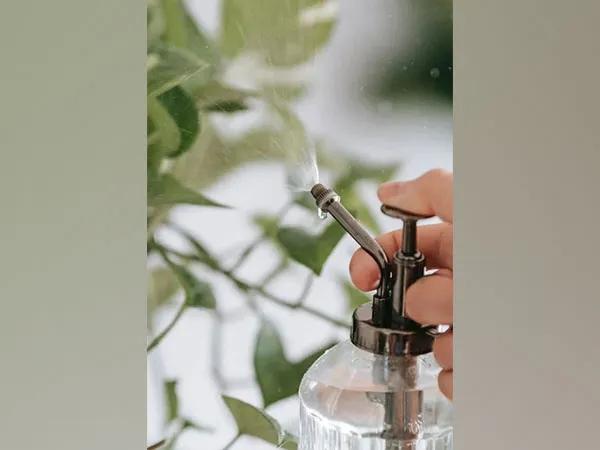Washington: A highly accurate approach for producing coatings of biologically active compounds for a variety of medicinal items was devised by scientists.
Such a technology, according to the researchers, might pave the way for a new era of transdermal treatment, including shot-free vaccines.
In Nature Communications, researchers proposed a unique technique to electrospray deposition, an industrial spray-coating procedure.
In essence, Rutgers researchers developed a way for better controlling the target region inside a spray zone as well as the electrical properties of small particles being deposited. The better control you have over these two features, the more likely the spray will strike its microscopic target. Manufacturers used electrospray deposition to convert a flowing liquid, such as a biopharmaceutical, into fine particles by applying a high voltage to it. Each droplet evaporates as it travels to its destination, depositing a solid precipitate from the original solution.
“While many people think of electrospray deposition as an efficient method, applying it normally does not work for targets that are smaller than the spray, such as the microneedle arrays in transdermal patches,” said Jonathan Singer, an associate professor in the Department of Mechanical and Aerospace Engineering in the Rutgers School of Engineering and an author on the study.
“Present methods only achieve about 40 per cent efficiency. However, through advanced engineering techniques we’ve developed, we can achieve efficiencies statistically indistinguishable from 100 per cent.”
Coatings are increasingly critical for a variety of medical applications. They are used on medical devices implanted into the body, such as stents, defibrillators and pacemakers. And they are beginning to be used more frequently in new products employing biologicals, such as transdermal patches.
Advanced biological or “bioactive” materials – such as drugs and – can be costly to produce, especially if any of the material is wasted, which can greatly limit whether a patient can receive a given treatment.
“We were looking to evaluate if electrospray deposition, which is a well-established method for analytical chemistry, could be made into an efficient approach to create biomedically active coatings,” Singer said.
Higher efficiencies could be the key to making electrospray deposition more appealing for the manufacture of medical devices using bioactive materials, researchers said. “Being able to deposit with 100 per cent efficiency means none of the material would be wasted, allowing devices or vaccines to be coated in this way,” said Sarah Park, a doctoral student in the Department of Materials Science and Engineering who is the first author on the paper. “We anticipate that future work will expand the range of compatible materials and the material delivery rate of this high-efficiency approach.” —ANI

